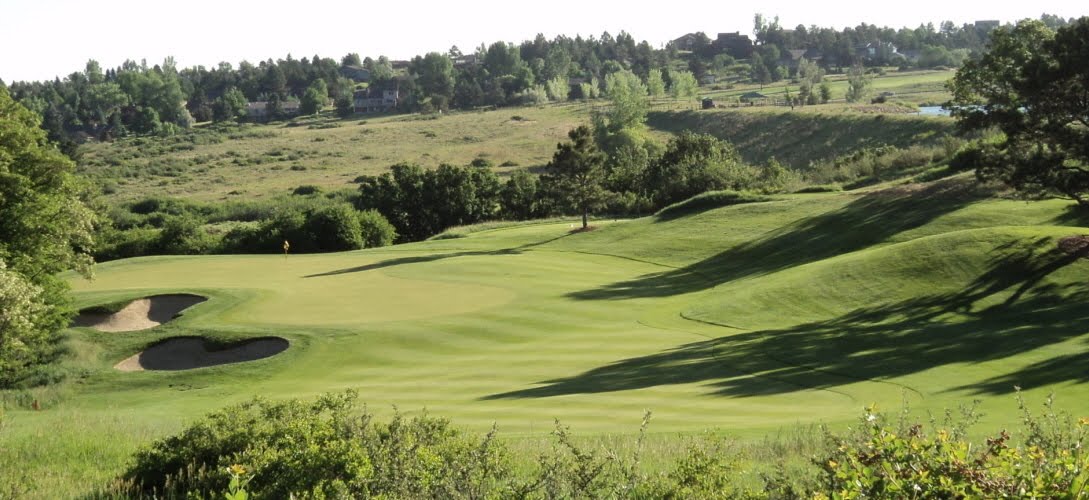
NOAA Weather Report for Colorado March-May
• La Niña continues to weaken in the Pacific Ocean. Surface and sub-surface water
temperature anomalies in the eastern tropical Pacific Ocean have decreased and will
likely continue to do so in the coming months.
• The recent decline in La Niña may be linked to large scale oceanic and atmospheric
circulations and anomalous warming produced by a moderate to strong Madden-Julian
Oscillation (MJO) that propagated eastward across the tropical Pacific Ocean in late January
and early February.
• The movement of the MJO across the eastern Pacific Ocean may account for the relatively
sudden shift from unseasonably warm and dry conditions across Colorado and the western
U.S. in December and early January, to the unseasonably cool and moist (snowy) conditions
across the southwest and central Rocky Mountain regions of the U.S. from late January to
mid-February. Conditions normally attributed to La Niña were replaced with those commonly
associated with El Niño.
• With the MJO weakening as it moves east across northern Africa and over the Indian
Ocean, the jet stream and weather patterns across the western U.S. should return to
those commonly associated with a La Niña. However, as this La Niña weakens, so
will its influence on weather patterns affecting the U.S.
• The outlook for Colorado issued by the Climate Prediction Center for the March-May
climate season is calling for at least a one-in-three chance of above average temperatures
and below average precipitation across the entire state.









